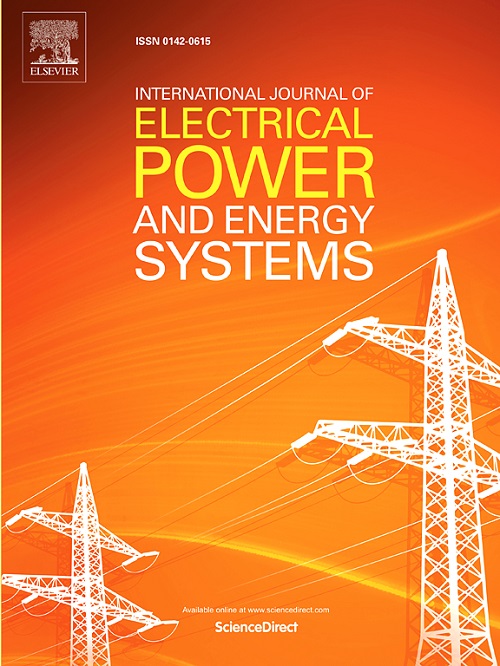A self-adaptive modified backward forward sweep method: Application to dynamic flow direction changes
IF 5
2区 工程技术
Q1 ENGINEERING, ELECTRICAL & ELECTRONIC
International Journal of Electrical Power & Energy Systems
Pub Date : 2025-03-06
DOI:10.1016/j.ijepes.2025.110567
引用次数: 0
Abstract
In recent years, distribution networks with the presence of new technologies have faced a significant evolving dynamic that challenges the use of traditional power flow calculations specifically backward-forward sweep (BFS). One of the most important effects of this evolving dynamics of distribution networks is related to the increase in the dynamic flow direction changes of the branches. In other words, there is a considerable gap between the practical application of BFS and its basic characteristics, which makes it impossible for practical application because BFS is not compatible with dynamic flow direction changes. Since BFS does not have complex mathematical and modeling concepts, bridging this gap is a meaningful necessity. Hence based on graph theory and the deep node concept, a self-adaptive modified backward-forward sweep (SAMBFS) is proposed so that BFS will be a practical application method for distribution networks. Finally, the application of SAMBFS for dynamic topology changes, P2P trade, several substations, and harmonic calculations as various concepts of the evolving dynamics of distribution networks are investigated.
求助全文
约1分钟内获得全文
求助全文
来源期刊
CiteScore
12.10
自引率
17.30%
发文量
1022
审稿时长
51 days
期刊介绍:
The journal covers theoretical developments in electrical power and energy systems and their applications. The coverage embraces: generation and network planning; reliability; long and short term operation; expert systems; neural networks; object oriented systems; system control centres; database and information systems; stock and parameter estimation; system security and adequacy; network theory, modelling and computation; small and large system dynamics; dynamic model identification; on-line control including load and switching control; protection; distribution systems; energy economics; impact of non-conventional systems; and man-machine interfaces.
As well as original research papers, the journal publishes short contributions, book reviews and conference reports. All papers are peer-reviewed by at least two referees.

 求助内容:
求助内容: 应助结果提醒方式:
应助结果提醒方式:


